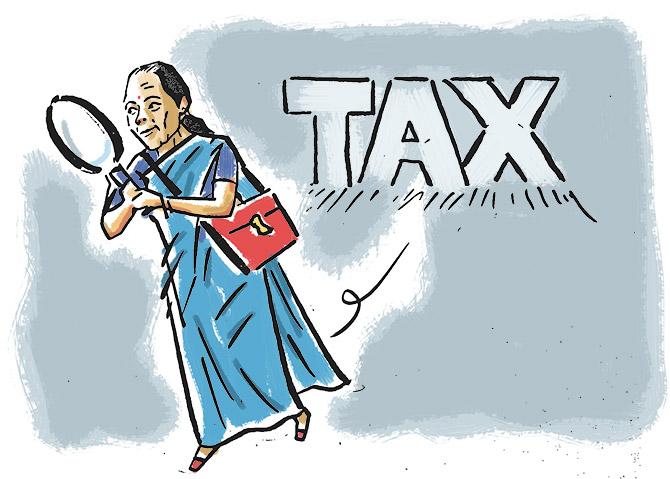The income tax department on Monday launched a new portal e-filing 2.0, which will make online filing of returns and tax payment easier.

The new portal -- www.incometax.gov.in -- replaces the 'https://incometaxindiaefiling.gov.in' site, and can be accessed by taxpayers in various regional languages.
The income tax department also asked taxpayers to re-register their DSC (Digital Signature Certificate), update personal mobile number and email ID under 'primary contact', act on 'pending action', if any, and respond to 'outstanding demand'.
The portal has separate tabs for different categories of taxpayers, like individual, company, non-company and tax professionals.
It has a drop-down menu for taxpayers for checking instructions on ITR filing, refund status and tax slabs.
There are over 8.46 crore individual registered users of the I-T e-filing portal.
Over 3.13 crore ITRs have been e-verified for Assessment Year 2020-21 (fiscal year 2019-20).
The new site also has detailed user manuals, FAQs and videos to help taxpayers understand various services available on the portal.
Besides, chatbot and helpline have been provided for guided assistance.
Once a registered user logs in to the portal, the dashboard would show details of e-proceedings, response to outstanding demands, if any, and also annual information statement under the 'pending actions' tab.
The grievance menu allows taxpayers to submit any grievance and also view previously submitted ones.
Also, taxpayers can view, edit and update their personal details under 'my profile' menu.
The portal would also list out what detail the taxpayer needs to fill up to ensure profile completion.
The I-T department also encouraged taxpayers to update their profile to avail accurate pre-filled ITRs and enhanced user experience.
Besides, a mobile app would be made available to help taxpayers avail tax-related services on the go.
The e-filing portal is used by taxpayers to file their income tax returns (ITRs) and also to raise complaints seeking refunds.
Taxmen use it to issue queries, notices, get responses from the taxpayer and to communicate final orders like assessments, appeals, among others, on the taxpayers' dashboard.











 © 2025
© 2025